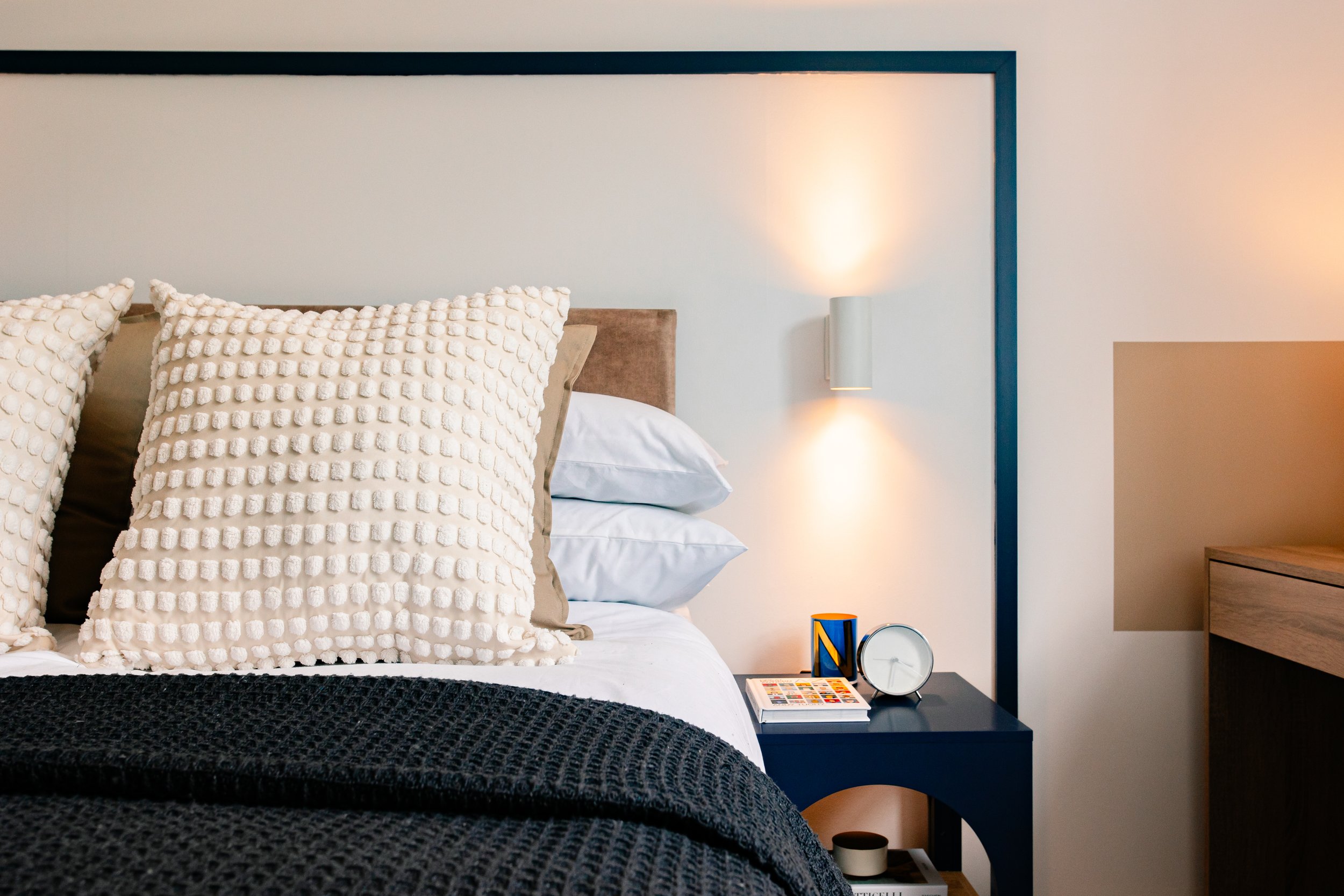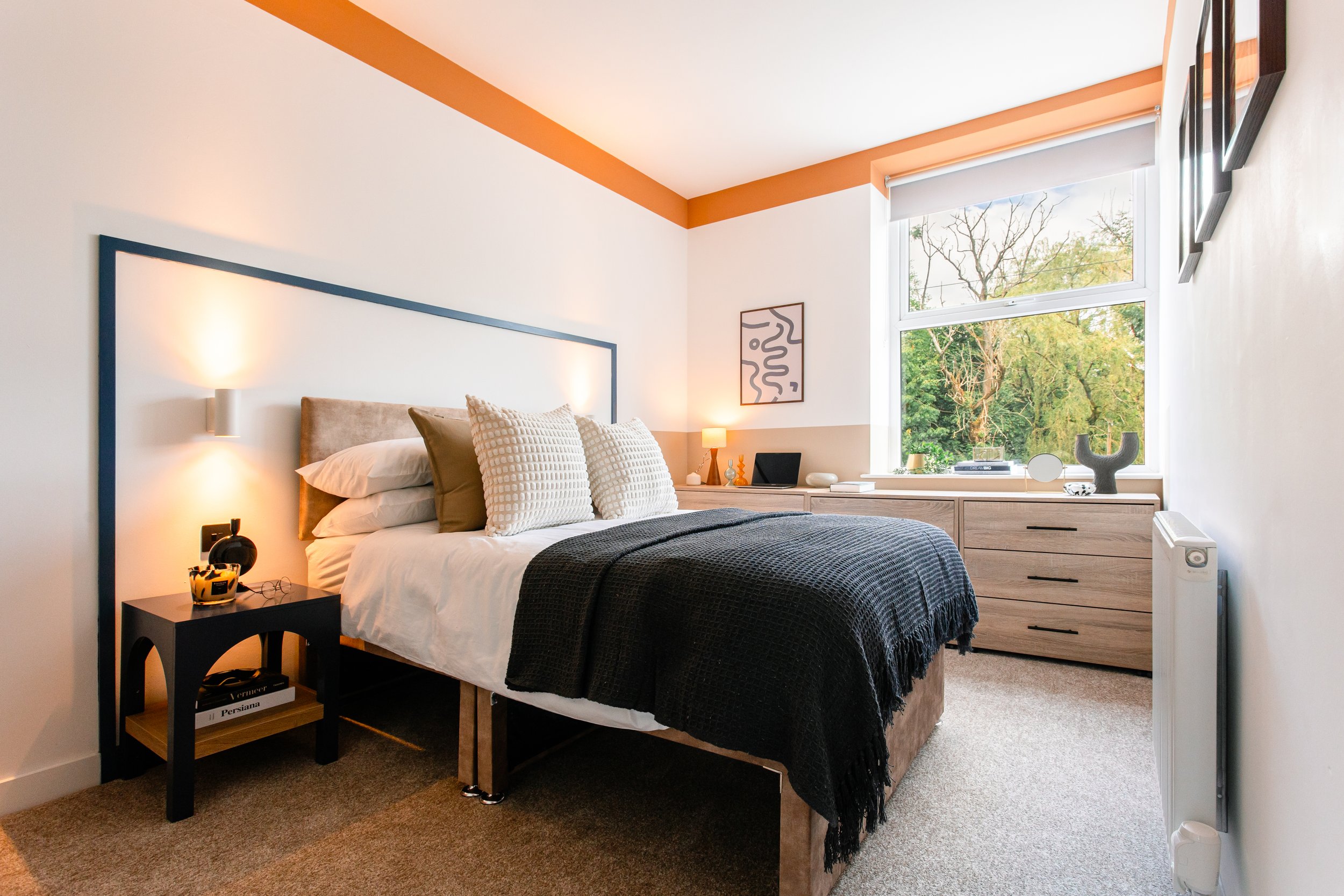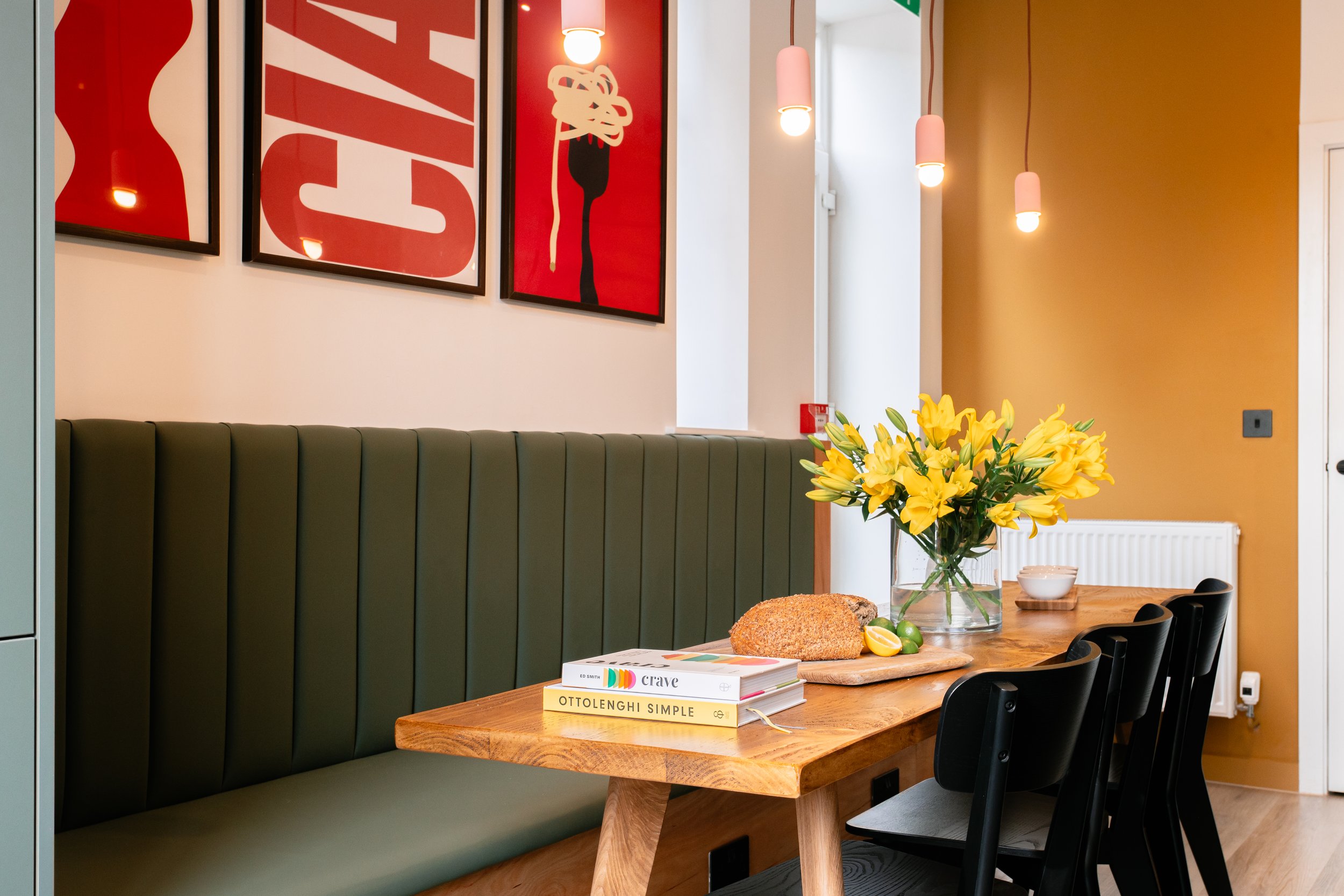How to Maximise Your ROI with Design-Driven Developments
In today’s competitive UK property market, building stylish and functional properties is no longer a luxury—it's a necessity.
Developers face increasing pressure to deliver properties that are not only stylish but also functional, comfortable, and offer an 'easy way of living' that meets the expectations of tenants and buyers alike.
One of the key factors that will get developers on the right track —and maximise their return on investment (ROI) — is by adopting a design-led approach to any development.
But what does it mean to be design-led? And more importantly, how can a developer implement this approach to ensure projects yield the highest possible returns?
In this article, we’ll look into essential steps to get started with design-led developments and how it can significantly enhance your property’s value, performance, and ROI.
Details@ Marwalmersley
Why ROI Matters
First, let’s briefly touch on why ROI is crucial in property development.
ROI, or Return on Investment, is a measure of how much profit you’re making on a project relative to the costs involved. For developers, achieving a high ROI is vital as it indicates a successful investment. However, many developers face challenges like cost overruns, poor market differentiation, and balancing functionality with style, all of which can negatively impact ROI.
The Role of Design in Maximizing ROI
Design isn’t just about making things look pretty; it’s about creating value.
A well-thought-out design can increase a property’s market appeal, attract quality tenants or buyers, and reduce turnover of tenants which will contribute to less maintenance costs—all contributing to a higher ROI.
Here’s how:
1. Enhanced Property Value:
A property with superior design can command a higher price, whether you’re selling or renting. The right design fundamentals can transform a standard property into a highly desirable asset and separate them from their competitors.
2. Attracting Quality Tenants/Buyers:
Properties that are both aesthetically pleasing and functionally sound are more likely to attract high-quality tenants or buyers who are willing to pay a premium, in today’s life tenants and buyers are not sold just on ‘looking nice’, they are attracted to the experience of living in spaces that contribute to their mental wellbeing, that have all the amenities to make their life easier, and especially if renting, to be being part of a community who have similar tastes and likes.
3. Reducing Long-Term Costs:
By selecting durable materials and incorporating energy-efficient features - for example, energy-efficient appliances, sustainable materials, and smart thermostats -, developers can reduce maintenance and operational costs, preserving the property’s value over time.
Bedroom 5 @ Marwalmersley
Getting Started with Design-Led Developments
To successfully integrate design into your development strategy, consider these 3 key steps:
1. Understand Your Market
Market research is the foundation of any successful development project. Before considering design, developers must first identify their target market and understand its unique needs and preferences. Developing for professionals differs greatly from developing for growing families, as each market has specific requirements that impact design decisions.
For instance, in a London-based development targeting young professionals, incorporating smart home features and minimalist designs can significantly increase appeal and rental prices, while a development aimed at families would benefit from ample storage and safe, outdoor spaces.
2. Balance Style with Functionality
Great design isn’t just about making your property look good—it’s about maximising space and respecting at the same time circulation, flow, and ergonomics to then create spaces that people love living in.
Functional design ensures that the property meets the needs of its occupants, making it more attractive and comfortable. This could mean anything from ensuring there’s enough storage space in a small apartment to designing an efficient flow between rooms in a larger home.
It’s crucial to find the right balance between style and functionality.
3. Invest in Quality Materials
The materials you choose can make a significant difference in the long-term value of your property.
While it might be tempting to cut costs by opting for cost-efficient materials, this can lead to higher maintenance costs down the line and a lower overall property value.
High-quality materials not only enhance the look and feel of a property but also ensure its durability and long-term performance, leading to better returns.
Overcoming Common Challenges
While the benefits of design-led development are clear, the path to achieving them isn’t always smooth. Developers often face several challenges, including:
1. Subpar Previous Designs:
If developers have been disappointed with design outcomes in the past, it’s important to work with experienced designers who understand the developer's vision and can bring it to life.
2. Budget Planning:
Quality design doesn’t have to break the bank, but it does require careful budget planning. Work with the design team to prioritise spending on elements that will have the most impact on ROI.
3. Quality Assurance:
Ensuring that the final product matches the design vision is crucial. Regular site visits, clear communication, and a strong relationship with contractors can help maintain quality throughout the project.
Design is more than just an afterthought—it’s a powerful tool that can significantly enhance any developments performance, ROI, and end value.
By understanding developers target market, setting the right design fundamentals upfront, balancing style with functionality, investing in quality materials, developers can bring to the market properties that stand out and deliver strong and long-lasting returns.
Kitchen @ Marwalmersley
Design is more than just an afterthought—it’s a powerful tool that can significantly enhance any developments performance, ROI, and end value.
By understanding developer’s target market, setting the right design fundamentals upfront, balancing style with functionality, investing in quality materials, developers can bring to the market properties that stand out and deliver strong and long-lasting returns
Get in touch today,—I’d love to hear about your projects and how with our concept-driven approach might be what you need to take your developments from average to high performing transformational spaces.
Check out what investors say.
I wanted the high-end central London design look to transfer into my property in Derbyshire. Elegance, simplicity, longevity, and a great design, and that’s what I got. I’ll be using Mar Design for my future projects.
—Ruth Hobbs. Urban Sisters Developments







